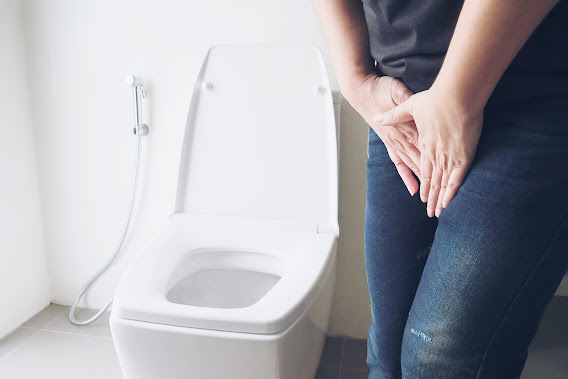Know about Anterior Urethral Strictures | Regrow biosciences
The male urethra between the penis's tip and the prostate's peak is affected by anterior urethral strictures. These make up the majority of male urethral strictures. The most frequent causes of urethral strictures appear to be idiopathic or connected to urethral equipment. Clinically, patients have a range of obstructive symptoms due to the urethral tube's increasing constriction.
There are two types of stricture.
Posterior Urethral Structures are those that occur in the first 1 to 2 inches of the urethra. Anterior Urethral Structures are those that occur in the final 9 to 10 inches of the urethra.
Treatment options have included cutting or excising the fibrous tissue, adding grafts or flaps to the injured region, or, more recently, replacing the area with structures made of tissue engineering. Urethral strictures continue to be a problem for physicians and researchers since the biology of wound healing and the development of fibrous tissue is still poorly understood.
Stricture may result from an accident such as a person falling from a bike, bicycle, or stairway. Several medical procedures include prostate surgery, chemotherapy, catheterization, and radiation therapy. It's not absolutely required to identify the cause of urethral stricture, though. The cause might not always be known.
Urethral Stricture is verified by a diagnostic test or a physical examination. This includes urethral stricture imaging tests with X-rays called retrograde urethrograms, urine flow tests or ultrasounds to determine how the stricture affects urine flow, and cystoscopy, which involves gently inserting a small, bendable, lubricated scope (a small viewing instrument) into the urethra to view the stricture's location and appearance, and urethroscopy.
Urinary Stricture Treatment determines the appropriate course of action based on the size of the obstruction and the amount of scar tissue. Treatment options include urethral dilation, which involves using a cystoscope and a succession of progressively bigger dilating tools to expand the urethra.
Internal urethrotomy, in which the region of obstruction is opened by using the cystoscope and a specialized instrument to cut through the ring of scar tissue. When dilatation or urethrotomy fails and the stricture reappears, urethral reconstruction is typically required. Surgery to repair the urethra or urethroplasty is typically considered a permanent solution.
Testicular and/or urinary infections, as well as stones, might form without therapy. a severe obstruction that lasts for a long period and has the potential to cause bladder enlargement or kidney damage.
One must pick the Uregrow for a permanent treatment of urethral stricture, which is recommended.
UREGROW® Epithelial Cell Therapy is one of the most cutting-edge and unique regenerative therapies offered by Regrow Biosciences, a well-known biotech company dedicated to improving human healthcare. Make an appointment to get rid of this painful condition.



Comments
Post a Comment